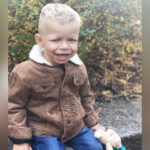Life-changing second opinion for laryngeal cleft helps Tyler thrive
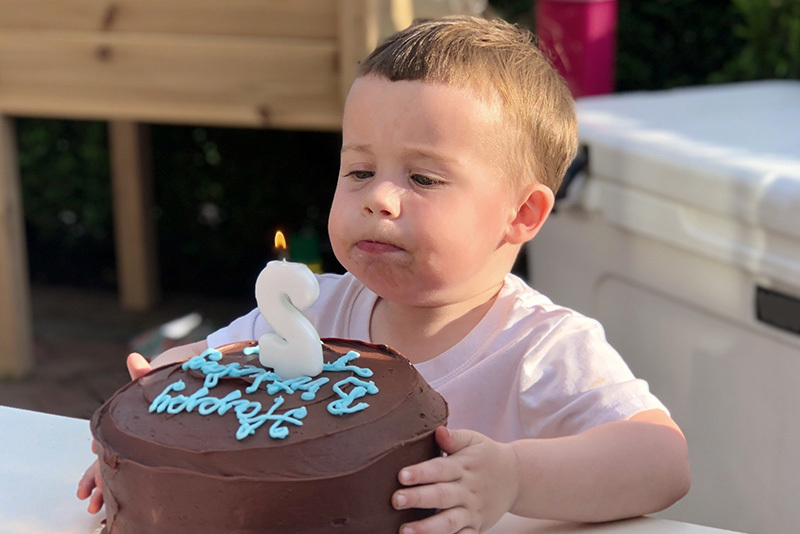
When Brittany Browne was in school to become a speech language pathologist, she briefly learned about a type of congenital defect called a laryngeal cleft. “We were told it’s so rare that we’d probably never encounter one in practice and didn’t really need to know about it,” she recalls.
Yet years later, as her young son Tyler struggled to swallow, she thought back to that course and wondered: Could that be the source of his trouble? A laryngeal cleft is an abnormal opening between the larynx and the esophagus. This allows food and liquid to pass through the larynx into the lungs, leading to a number of eating and breathing problems.
Although Tyler, then just an infant, was gaining weight and appeared healthy, he screamed and cried every time he ate. “I just knew something was off,” says Brittany.
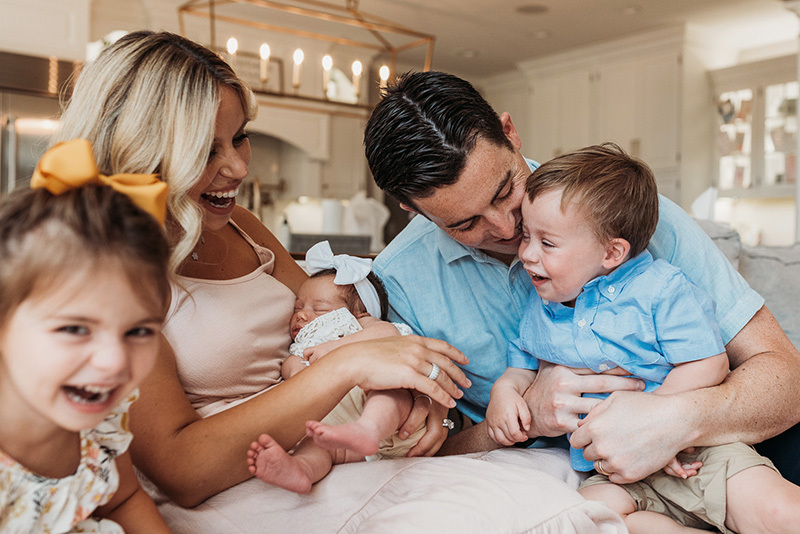
Getting worse, not better
When testing revealed Tyler was aspirating, or inhaling liquid when he fed, Brittany and her husband, Jeff, knew it was time to take the next step. In 2018, clinicians at a pediatric hospital near the Brownes’ home outside Philadelphia diagnosed Tyler with a type I laryngeal cleft.
While this type tends to be milder than others, the Brownes were told that their son would likely never speak or eat by mouth, instead relying on a feeding tube for nutrition. An injection of Prolaryn gel, meant to improve symptoms, seemed to make things worse. “They said he wasn’t getting better, but no one knew why,” says Brittany.
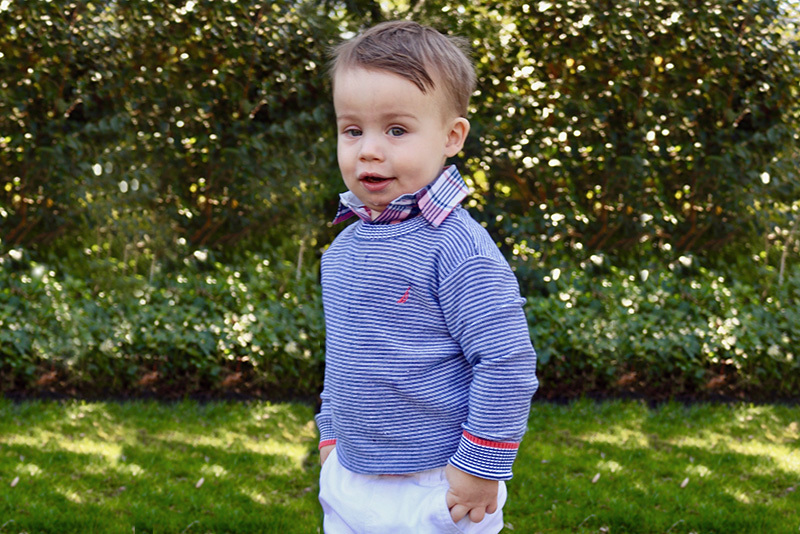
Two new diagnoses
Eventually, a physician acquaintance of Brittany’s suggested that she consider seeking a second opinion from Dr. Reza Rahbar, director of Boston Children’s Center for Airway Disorders, with whom he had trained. “We jumped at the opportunity,” she says.
Within days of Tyler’s appointment, Dr. Rahbar had not only confirmed the laryngeal cleft, but also diagnosed him with a severe tongue-tie and laryngomalacia.
In the latter condition, the soft tissues of the larynx fall over the airway opening and partially block it, making it difficult to get enough oxygen. “He would stop breathing when we placed him on his back and could have died in his sleep,” says Brittany. “I truly believe Boston Children’s might have saved his life.”
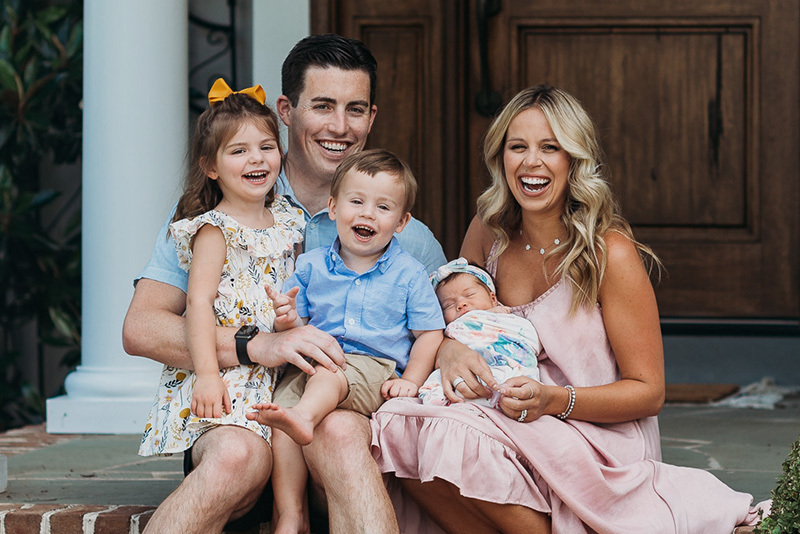
Going with her gut
In March 2019, Tyler successfully underwent surgery to repair all three issues. Now 2 years old, he’s “a bit of a class clown” who loves going to the beach, doing gymnastics, and playing with his sisters. Far from not being able to eat by mouth, he loves cake and ice cream and no longer needs a feeding tube. And virtual visits with his local physician and Dr. Rahbar have made checkups easy.
“Laryngeal clefts are so rare that many doctors don’t know how to handle them,” says Brittany. “Even if you think you’ve got the best clinical team, get a second opinion. You’ve got to trust your gut.”
Learn more about the Center for Airway Disorders.
Related Posts :
-

Taking charge: Emma perseveres with laryngeal cleft
Emma Morris is “a pistol,” says her mother, Sarah. “She’s a spitfire, passionate and caring.” But the 11-year-old gets ...
-

Unraveling the mystery of Rylan’s respiratory problems
Rylan is Destinee Davidson’s second child, but in some ways, he feels like her first. “Our older son, Bryce, ...
-

Mark’s winning pass with cochlear implants
Mark Bradshaw wanted to break out of his parents’ protective shell — as many teens do when they start pushing for ...
-

Beyond expectations: Treating Isaac’s teratoma through an EXIT procedure
Jennifer worked as a hairdresser until just days before delivering her son, Isaac, last December, even though she had planned ...



